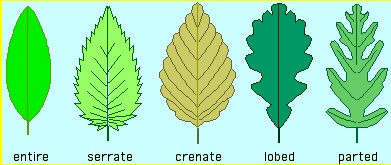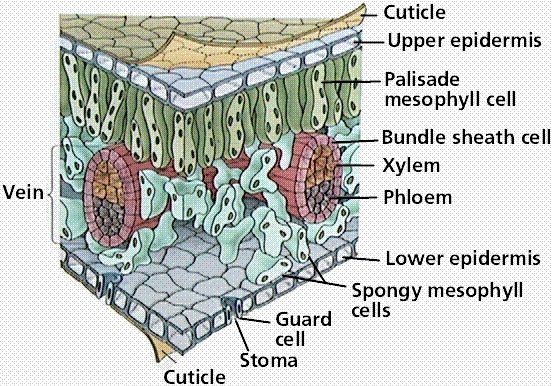- In this mode of nutrition, organisms manufacture their own food from readily availablematerials in the environment.
- These organisms use energy to combine carbon (IV) oxide, water and mineral salts in complex reactions to manufacture food substances.
- Depending on the source of energy used to manufacture the food, there are two types of autotrophism:
A) Chemosynthesis
- This is the process whereby some organisms utilize energy derived from chemical reactions in their bodies to manufacture food from simple substances in the environment.
- This nutrition mode is common in non green plants and some bacteria which lack the sun trapping chlorophyll molecule.
B) Photosynthesis
- This is the process by which organisms make their own food from simple substances in the environment such as carbon (IV) oxide and water using sunlight energy.
- Such organisms often have chlorophyll which traps the required sunlight energy.
- This mode of nutrition is common in members of the kingdom Plantae.
- Some protoctists and bacteria are also photosynthetic.
Importance of Photosynthesis
- Photosynthesis helps in regulation of carbon (IV) oxide and oxygen gases in the environment.
- Photosynthesis enables autotrophs make their own food, thus, meet their nutritional requirements.
- Photosynthesis converts sunlight energy into a form (chemical energy) that can be utilized by other organisms that are unable to manufacture their own food.






